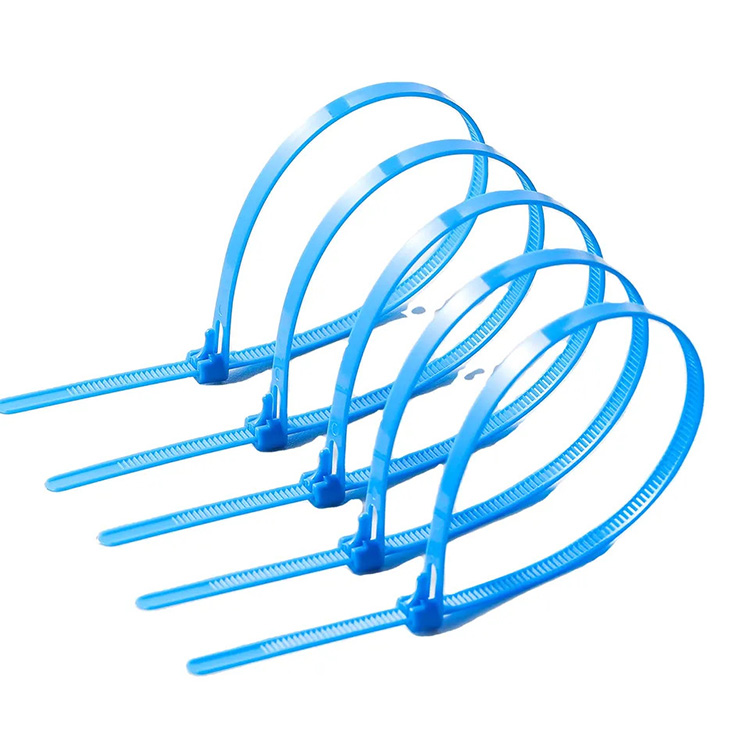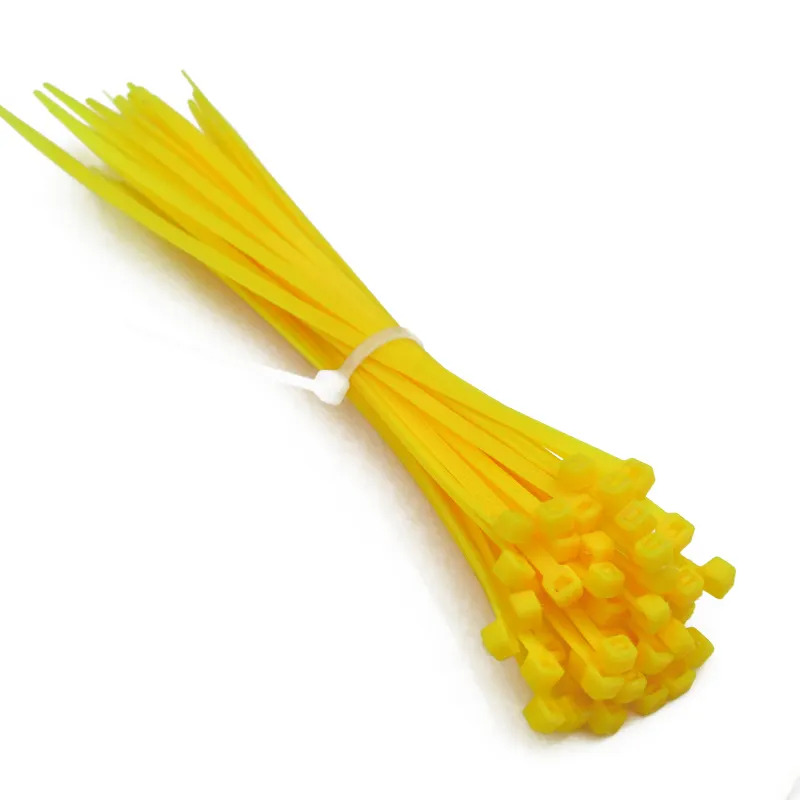Nylon cable ties Quality judgment inspection
2023-10-18
Nylon cable ties, a type of tie made of nylon material. Ties, also known as tie straps, lock straps, and tie straps, can be divided into nylon cable ties, stainless steel ties, and spray molded stainless steel ties based on their material. There are various types of nylon cable ties, and according to different functions, such as the wiring equipment industry, they are divided into self-locking ties, label ties, buckle ties, anti disassembly (lead sealing) ties, fixed head ties, label ties, pin ties, aircraft head ties, bead hole ties, fishbone ties, weather resistant ties, etc.
With the development of the economy, the advanced application range of socialized mass production in the application field of nylon cable ties is becoming increasingly broad, involving almost all fields of application. As a result, the number of enterprises and manufacturers manufacturing nylon ties has also increased year by year, but the technology, quality, and other aspects are vastly different, filling the entire consumer goods market with mixed advantages and disadvantages.
As a user of nylon cable ties, it is also necessary to have basic selection reference knowledge in order to purchase the most suitable and cost-effective nylon cable ties products that meet their needs.
1. Appearance quality
Usually, plastic products have defects such as edges, missing materials, scorching, silver wire, bubbles, deformation, shrinkage, and other defects that are prone to occur. These are also more easily visible on nylon cable ties products, so it is important to carefully examine their appearance. Although some may not affect usage, they still pose a potential threat to quality accidents.
It is worth emphasizing that the quality of the key parts of the nylon cable ties, namely the toothed belt and the head cavity, is crucial. Therefore, the toothed belt should be carefully observed and there should be no residual teeth. There should be no step like mold deviation marks on the top of the inner surface of the cavity, otherwise there will be a large number of unusable sliding teeth, which are difficult to insert, almost equivalent to waste and cannot be used.
These issues require careful attention, just like the simple phenomenon of edge cutting. If the edge cutting is too large, the tooth surface of the inserted belt and the head cavity will not fit tightly, and it is easy for the teeth to loosen and slip.
The conventional rule is that for all products, except for special and necessary requirements, natural color products are the best, which is an axiom. A good nylon tie should be transparent and clear, even if the color is slightly yellowed, it is not a big problem and should not be cloudy or black. The quality of the materials used is also a key factor related to quality. After multiple high-temperature melting and screw shearing actions, the molecular structure state of plastic will change, especially for the raw material PA66 used to make nylon cable ties. The outstanding wear resistance and tensile properties of nylon enable it to be widely used in ties.
2. Performance quality
The most important evaluation focus of nylon cable ties is their release force. When a certain amount of force is applied, whether it is a broken band, a reverse tooth, or a cracked head, any breaking method must be above the nominal tensile force. As for some users who feel that the quality of the ties is not good, there are also some parts related to the selected specifications, and they cannot be biased to think that the quality of the ties is poor, because the standard tensile force of a product of a certain specification has a bottom, When the force required for use exceeds the standard greatly, there is no guarantee, and it can only be replaced by products with higher tensile specifications. Of course, the cost will increase, which is also an impossible thing. Of course, high-quality ties have excellent flexibility and ductility in stretching, without a straight fracture section or embrittlement. This can also meet the application range of user tension requirements to a greater extent, thereby achieving the possibility of reducing costs.


























